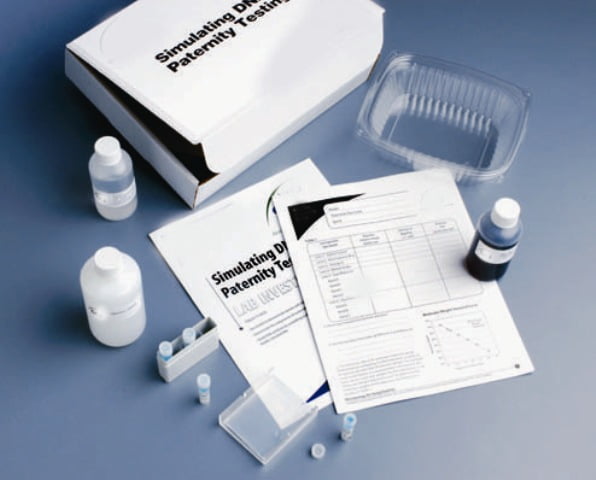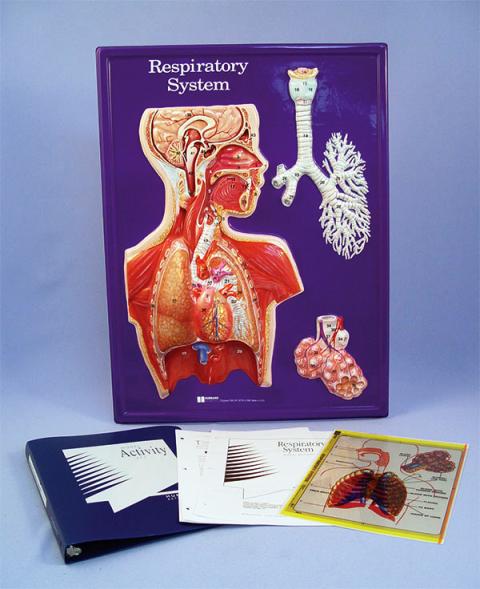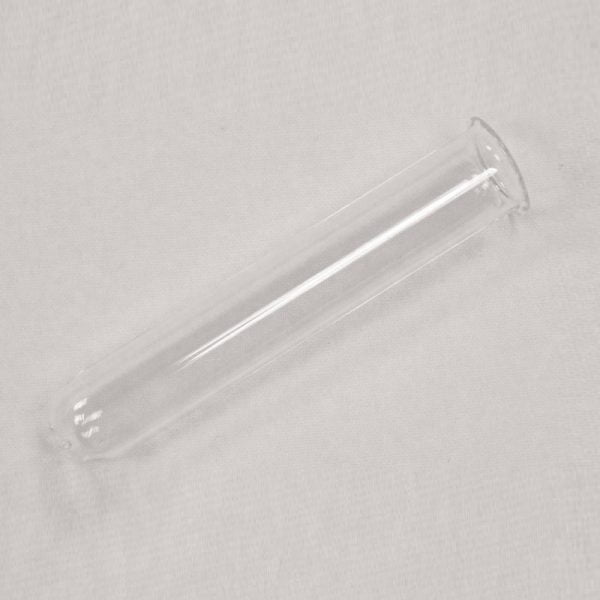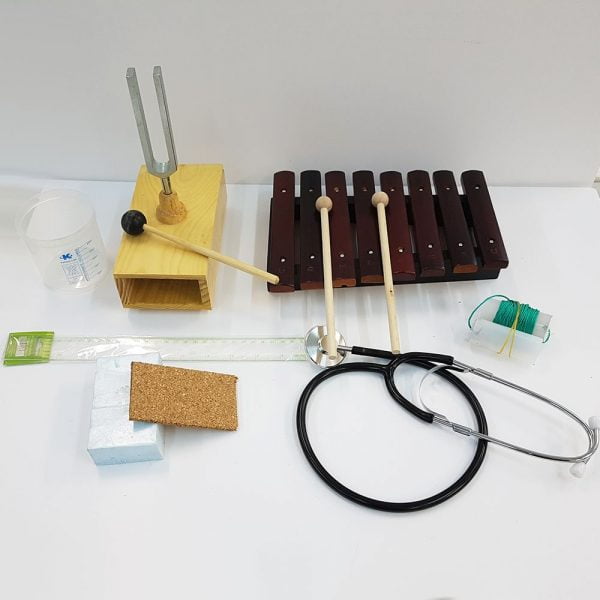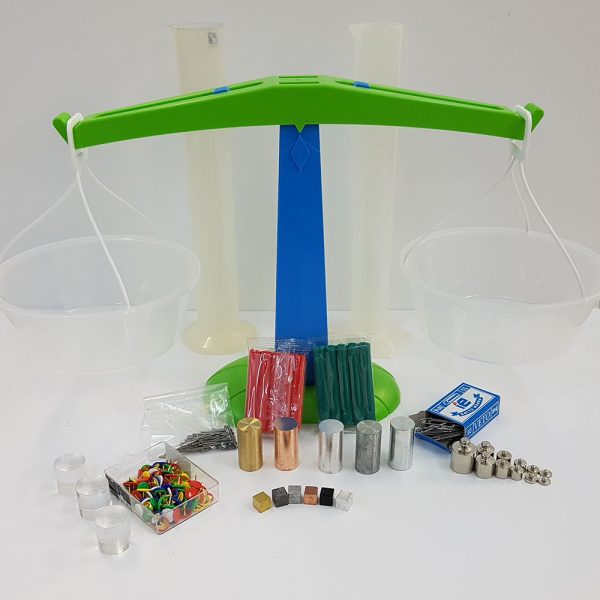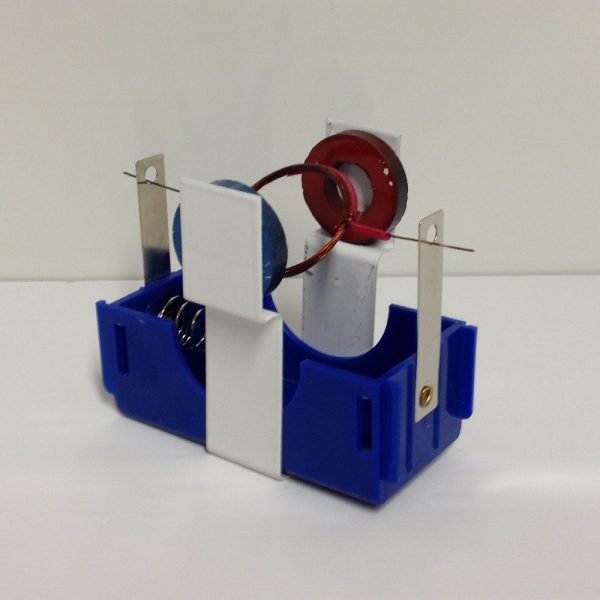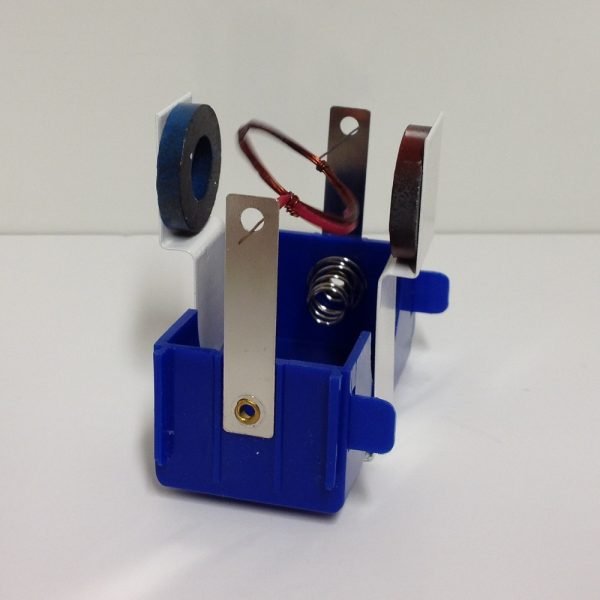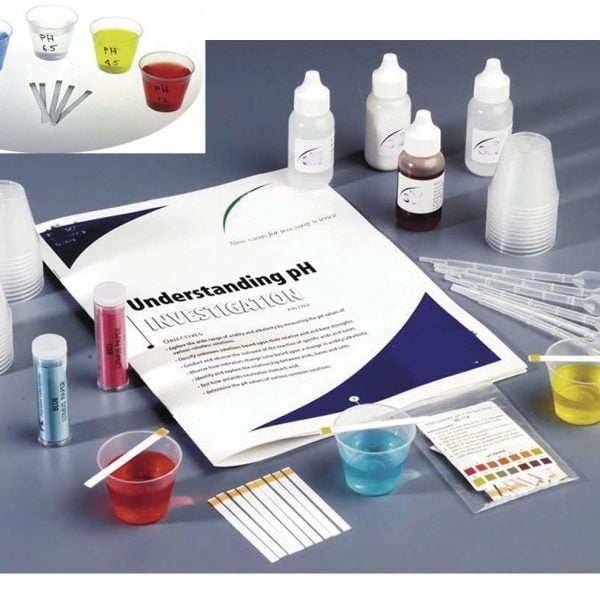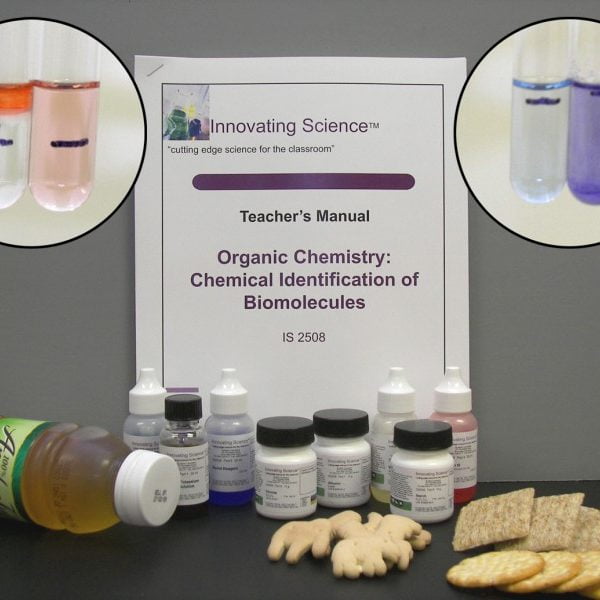We simulate how fingerprint DNA can be used to determine the genetic relationship between a child and a presumed father.
He will use the effect of a human DNA muscle electrophoresis, heredity and scientific skills to solve a hypothetical scenario.
Set for the whole class.
Before fingerprint DNA was discovered, the paternity test was based on blood type. This was because a person’s blood type is derived from his parents’ blood type. However, as many people have the same blood type, this test can be used to rule out potential biological parents but not to prove who they really are.
DNA analysis of fingerprints on the other hand can prove the degree of affinity with great certainty.
With this package, students will perform a simplified version of the DNA analysis process from fingerprints and determine the likelihood that the alleged father is the biological father. Generally 3-6 matching DNA probes are required to produce a 99.0% first degree affinity.
The kit includes:
150 μL of parent DNA
150 μL of (supposed) paternal DNA
150 μL of child DNA
125mL of 20X concentrated TBE buffer
400 mL agarose gel 0.8%
100 mL of 10X blue concentration DNA labeling solution
1 plastic tray
Instructions for the teacher (in English)
Student worksheets (in English)
Materials needed but not included:
Gloves
Protective glasses
Protection apron
Micropipettes 10μL
Tips for micropipette
Electrophoresis device
Laboratory Preparation
TBE buffer
Dilute 20mL of the 20X buffer with 380mL of deionized water. This resulting 400mL solution is sufficient to make two gels.
Agarozi gel
Ready-made agarose gels can be stored at room temperature. Prior to electrophoresis, place in a microwave oven for 1 minute until completely liquefied. Allow to cool to 55 degrees Celsius.
DNA labeling solution
Dissolve 10 mL of the concentrated label solution in 90 mL of hot tap water solution.


 Botzees
Botzees Keyestudio
Keyestudio Fischertechnik
Fischertechnik